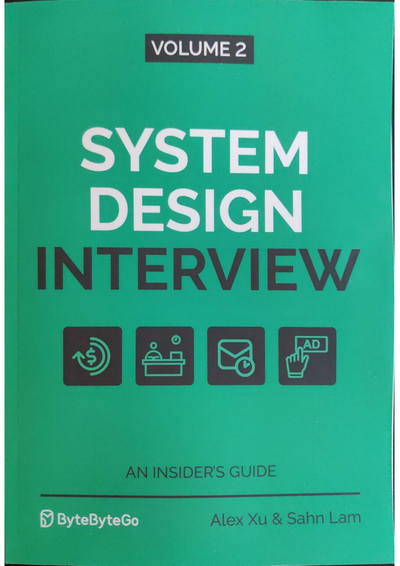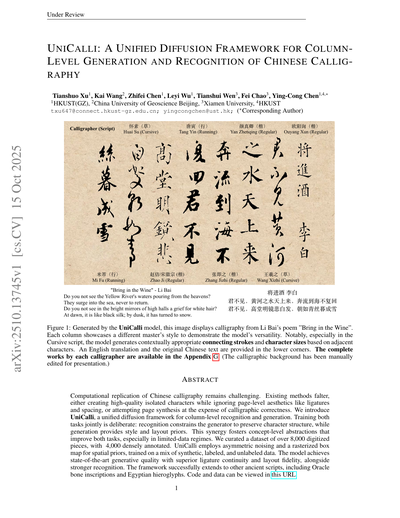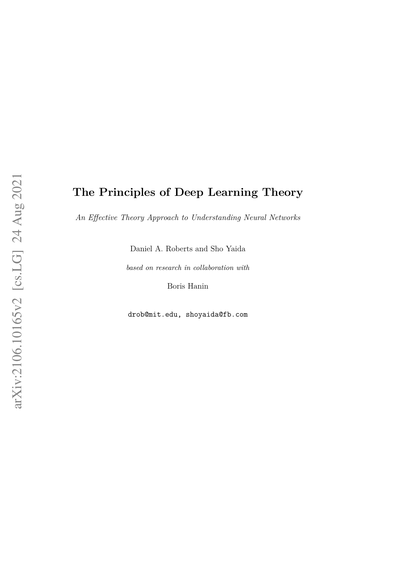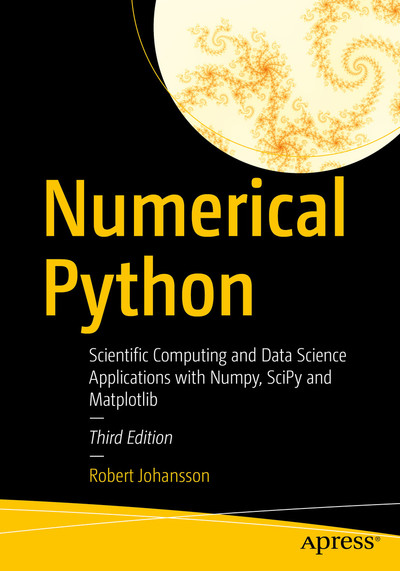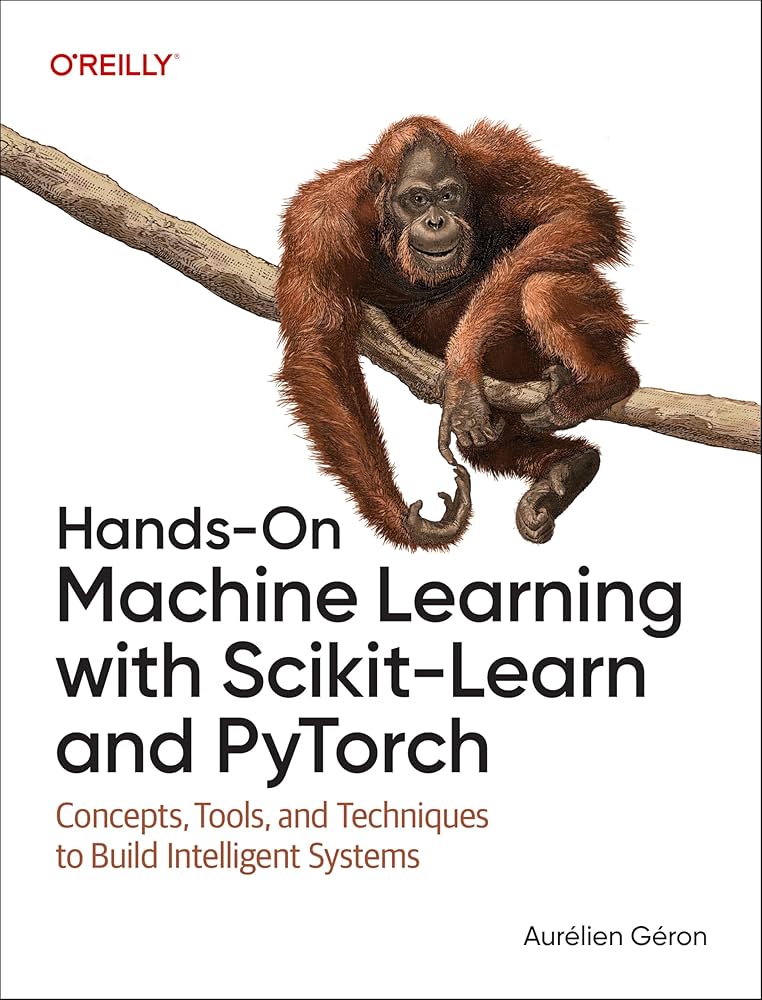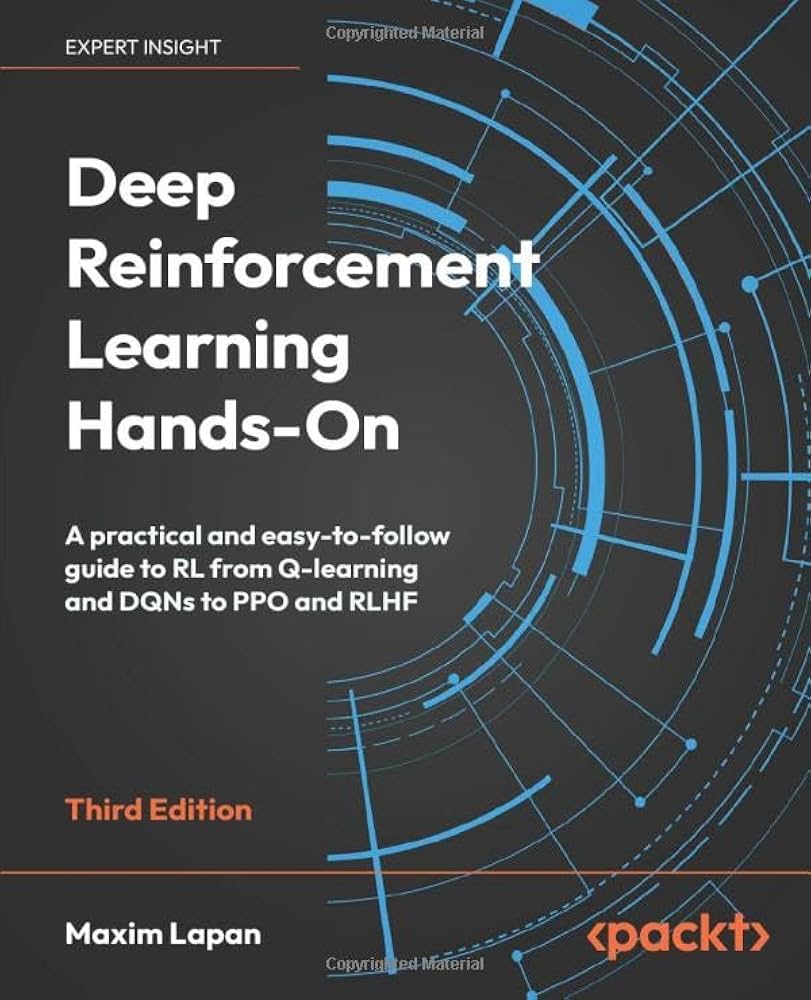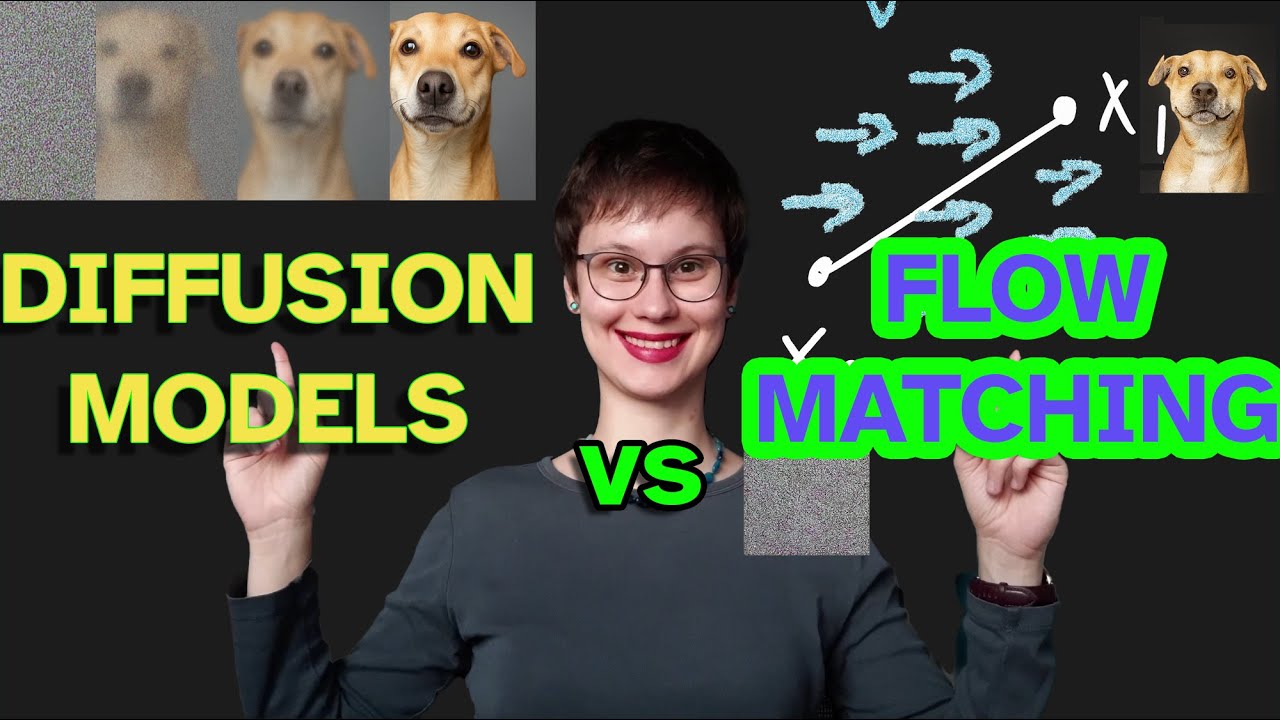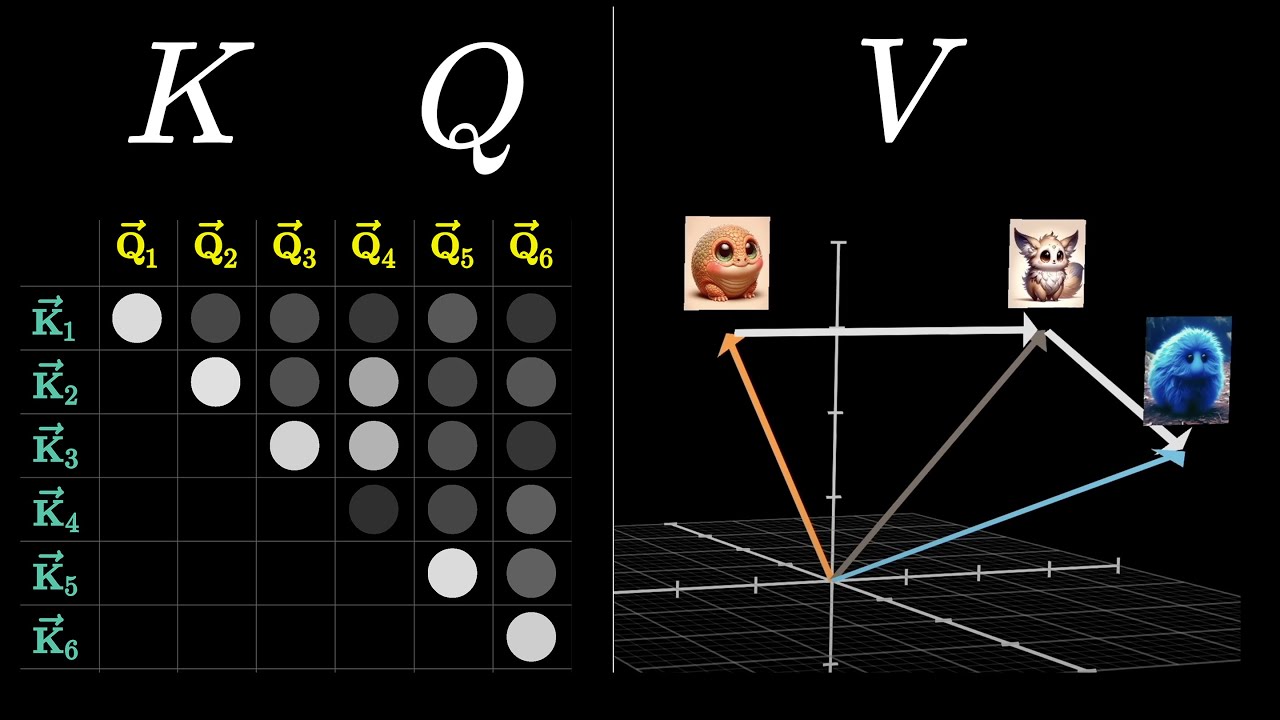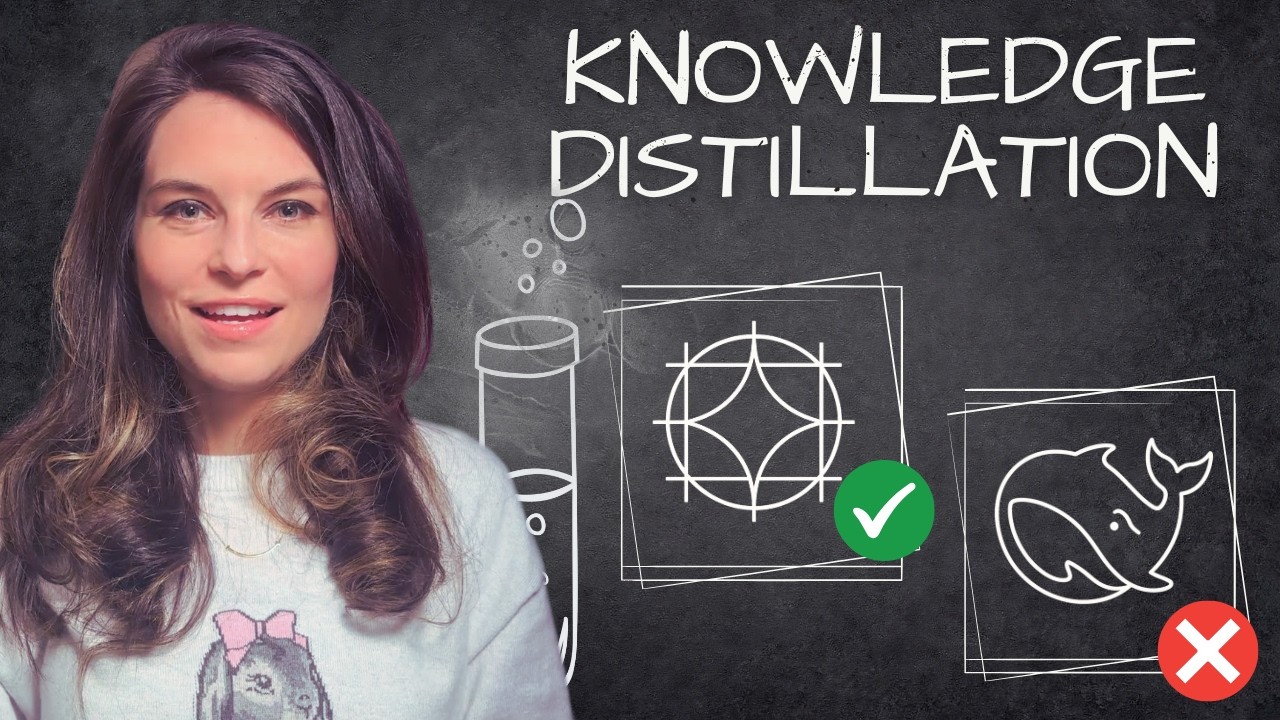
Online Workshop Every Week
Join our free weekly interactive learning sessions.
Master AI/ML with instant feedback and personalized learning
"Cogito, ergo sum" (I think, therefore I am)
— René Descartes

Free Problems
8 RG Flow of the Neural Tangent Kernel (PDLT)
This problem set covers the RG flow analysis of the Neural Tangent Kernel (NTK) in deep neural networks. The problems progress from basic concepts to advanced analytical derivations, focusing on the statistical properties of the NTK, its layer-to-layer evolution, and the finite-width effects that govern gradient-based learning dynamics.
34 pts
Hard
97
ntk-definition
gradient-descent
neural-networks
+7
7 Gradient-Based Learning (PDLT)
This problem set covers key concepts from Chapter 7 on Gradient-Based Learning, including supervised learning, gradient descent optimization, the neural tangent kernel (NTK), and their roles in training neural networks. The problems progress from basic conceptual understanding to advanced analytical applications of gradient-based learning theory.
23 pts
Medium
96
supervised-learning
conditional-distribution
discriminative-model
+7
Bayesian Learning in Deep Neural Networks
This problem set explores Bayesian learning in deep neural networks based on the research paper "6 Bayesian Learning (PDLT)". The problems cover Bayesian probability theory, model fitting, model comparison, and the differences between infinite-width and finite-width neural networks in the Bayesian learning framework. You'll examine how Bayesian inference provides a principled approach to learning, how evidence calculations prefer critical initialization, and how finite-width networks enable representation learning through neural associations.
31 pts
Medium
99
bayesian-probability
inference
product-rule
+7
Effective Theory of Preactivations at Initialization
This problem set covers key concepts from Chapter 5: "Effective Theory of Preactivations at Initialization" focusing on criticality analysis, kernel recursions, universality classes, and finite-width effects in deep neural networks. The problems progress from fundamental concepts to advanced analytical derivations.
39 pts
Hard
97
criticality
initialization
deep-learning
+7
RG Flow of Preactivations in Deep Neural Networks
This problem set explores the key concepts from the research paper "4 RG Flow of Preactivations (PDLT)" which develops an effective theory for understanding how preactivation distributions evolve through layers in deep neural networks. The problems cover Gaussian distributions in the first layer, emergence of non-Gaussianity in deeper layers, the large-width expansion, and the connection to renormalization group flow in physics.
23 pts
Medium
104
neural-networks
preactivations
gaussian-distribution
+7
Deep Linear Networks at Initialization
This problem set explores the key concepts from the research paper "3 Effective Theory of Deep Linear Networks at Initialization (PDLT)". The problems cover criticality, fluctuations, non-Gaussian statistics, and the emergent depth-to-width ratio in deep linear networks. Work through these problems to understand how initialization hyperparameters affect network behavior and how finite-width effects emerge in deep networks.
42 pts
Medium
100
deep-linear-networks
activation-functions
toy-models
+7
Premium Problems
Knowledge Graphs
USA AI Olympiad
Explore competitive programming and AI contest preparation concepts
Grade 5 Math
Discover elementary mathematics concepts and learning paths
Featured PDFs
View All PDFsSystem Design Interview: An Insider's Guide Volume 2
116 questions
348 pts
System Design Interview: An Insider's Guide
108 questions
317 pts
UNICALLI: A UNIFIED DIFFUSION FRAMEWORK FOR COLUMN-LEVEL GENERATION AND RECOGNITION OF CHINESE CALLIGRAPHY
10 questions
38 pts
The Principles of Deep Learning Theory
107 questions
418 pts
Featured Books
View All BooksAcing the System Design Interview
153 questions
456 pts
Numerical Python: Scientific Computing and Data Science Applications with Numpy, SciPy and Matplotlib
190 questions
543 pts
Hands-On Machine Learning with Scikit-Learn and PyTorch
200 questions
554 pts
Deep Reinforcement Learning Hands-On - Third Edition
222 questions
720 pts
Featured Videos
View All VideosFlow-Matching vs Diffusion Models explained side by side
10 questions
29 pts
Attention in transformers, step-by-step | Deep Learning Chapter 6
10 questions
30 pts
Knowledge Distillation: How LLMs train each other
10 questions
27 pts
Diffusion Model
10 questions
32 pts
Popular Topics
machine learning
56
deep learning
40
neural networks
35
reinforcement learning
33
system-design
28
grade5
27
optimization
14
large language models
13
attention mechanisms
13
combinatorics
13
system-architecture
13
natural language processing
12
aime problems
12
Number Sense
12
scalability
11
beginner
10
number theory
10
performance
10
transformers
9
capacity-planning
9
Click on any tag to filter problems by that topic
